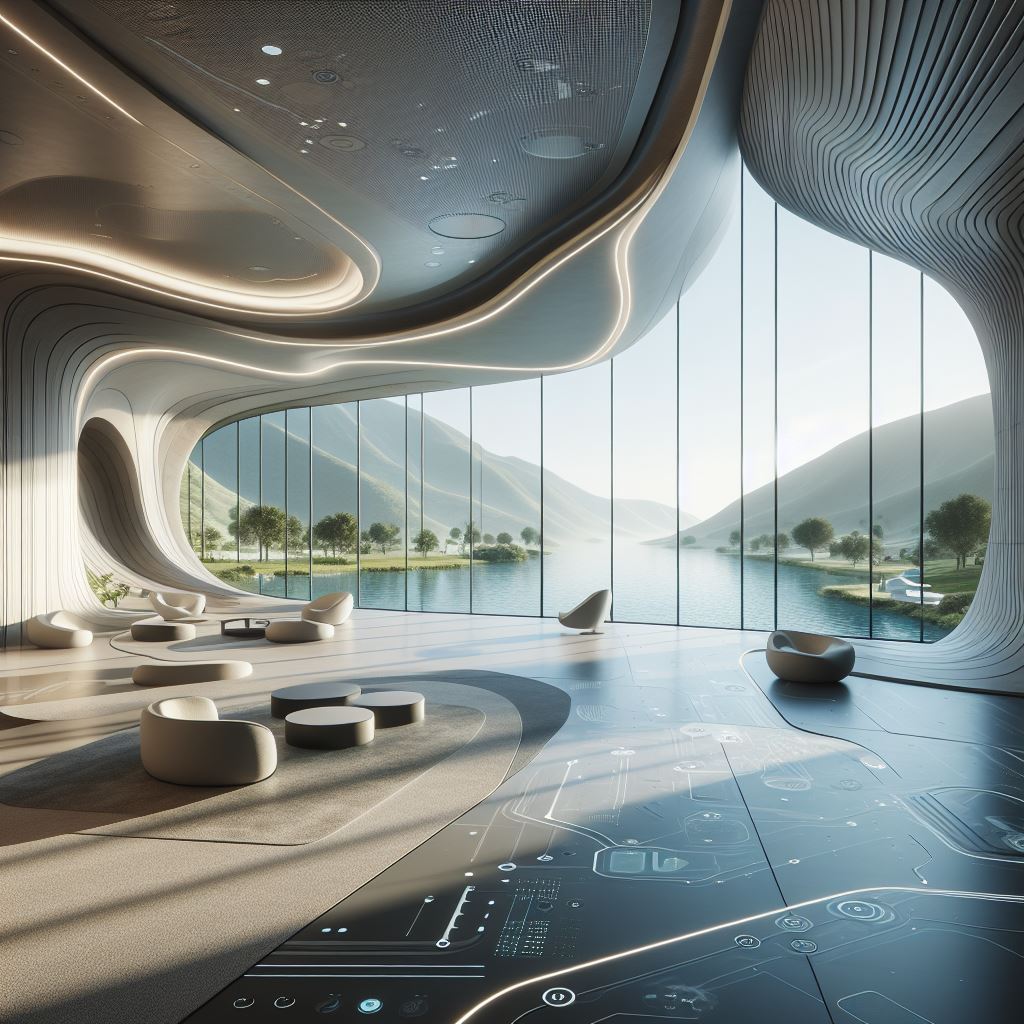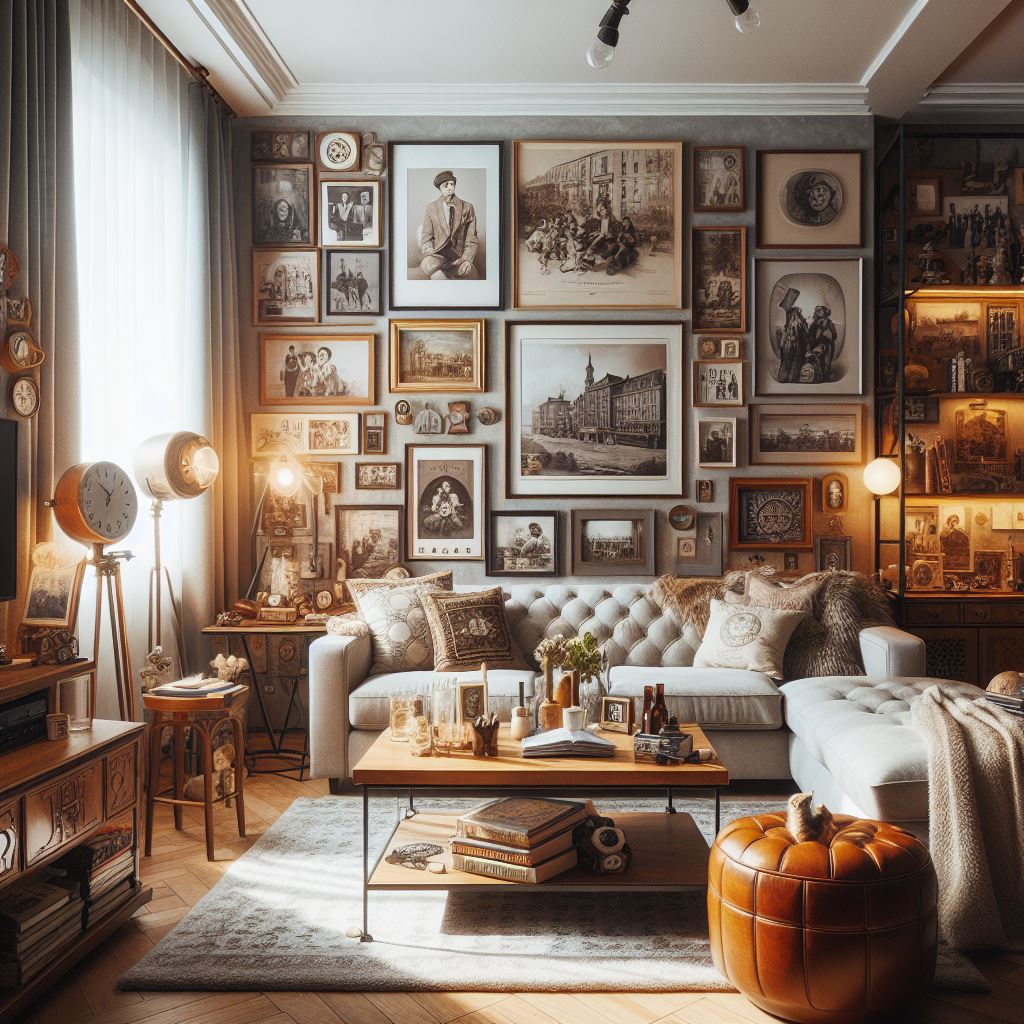Understanding Minimalism
Minimalism is more than just a design aesthetic; it’s a way of life. At its core, minimalism is about simplifying our lives by focusing on what truly matters and eliminating the excess. In design, minimalism is characterized by clean lines, open spaces, and a restrained color palette. By reducing distractions and embracing simplicity, minimalist design creates environments that are calming, inviting, and conducive to productivity and creativity.
Optimizing Space with Minimalist Design
One of the key principles of minimalist design is maximizing spatial efficiency. By eliminating unnecessary clutter and organizing space effectively, minimalist design makes the most of available square footage. Whether designing a small apartment or a sprawling office complex, minimalist principles can be applied to create environments that feel spacious, airy, and uncluttered.
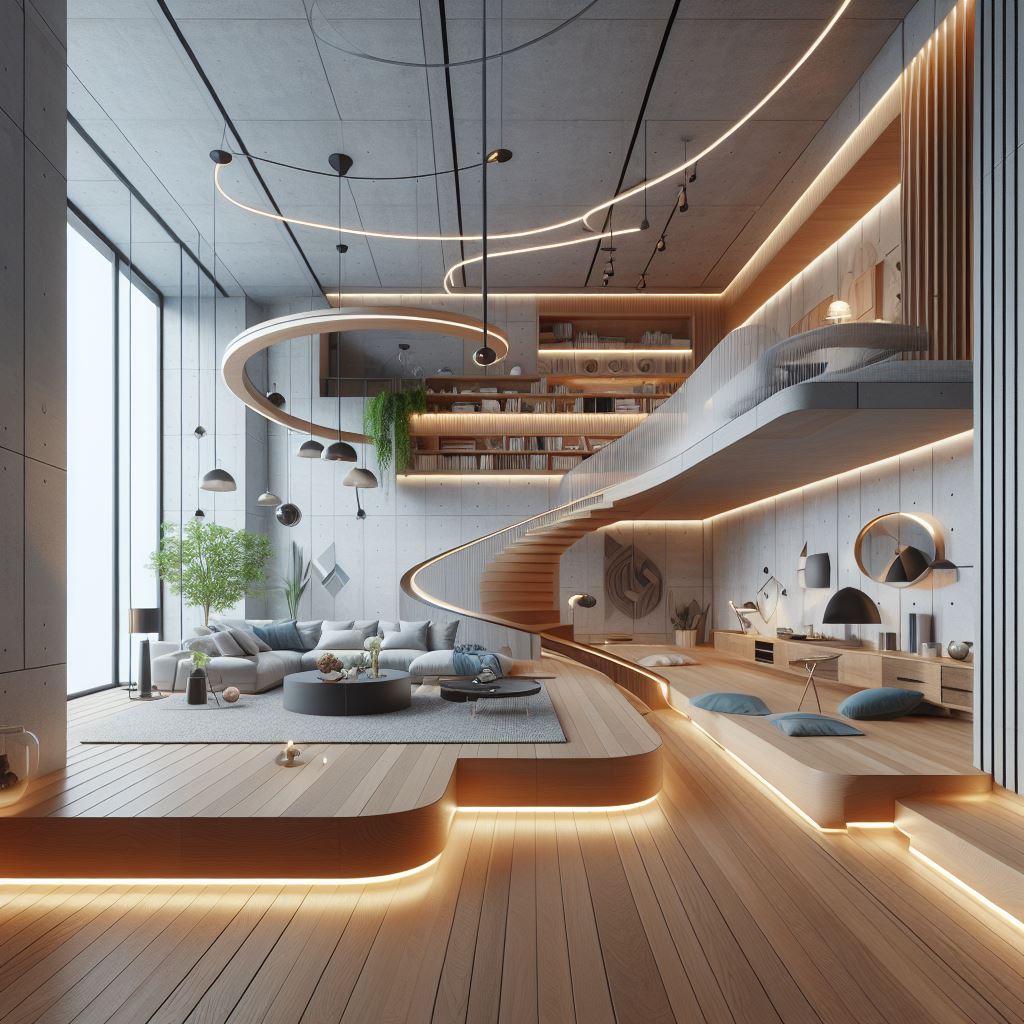
Functional Minimalism in Interior Design
In interior design, functional minimalism is all about creating spaces that are both aesthetically pleasing and practical. By carefully selecting furniture and accessories that serve multiple purposes, designers can maximize functionality without sacrificing style. From modular sofas that can be rearranged to suit different seating arrangements to storage ottomans that double as coffee tables, functional minimalism offers endless possibilities for optimizing space.
Minimalist Furniture and Accessories
When it comes to furnishing a minimalist space, less is often more. Instead of filling a room with an abundance of furniture and accessories, opt for a few carefully curated pieces that make a statement. Choose furniture with clean lines and simple silhouettes, and prioritize quality over quantity. In minimalist design, every piece should serve a purpose and contribute to the overall harmony of the space.
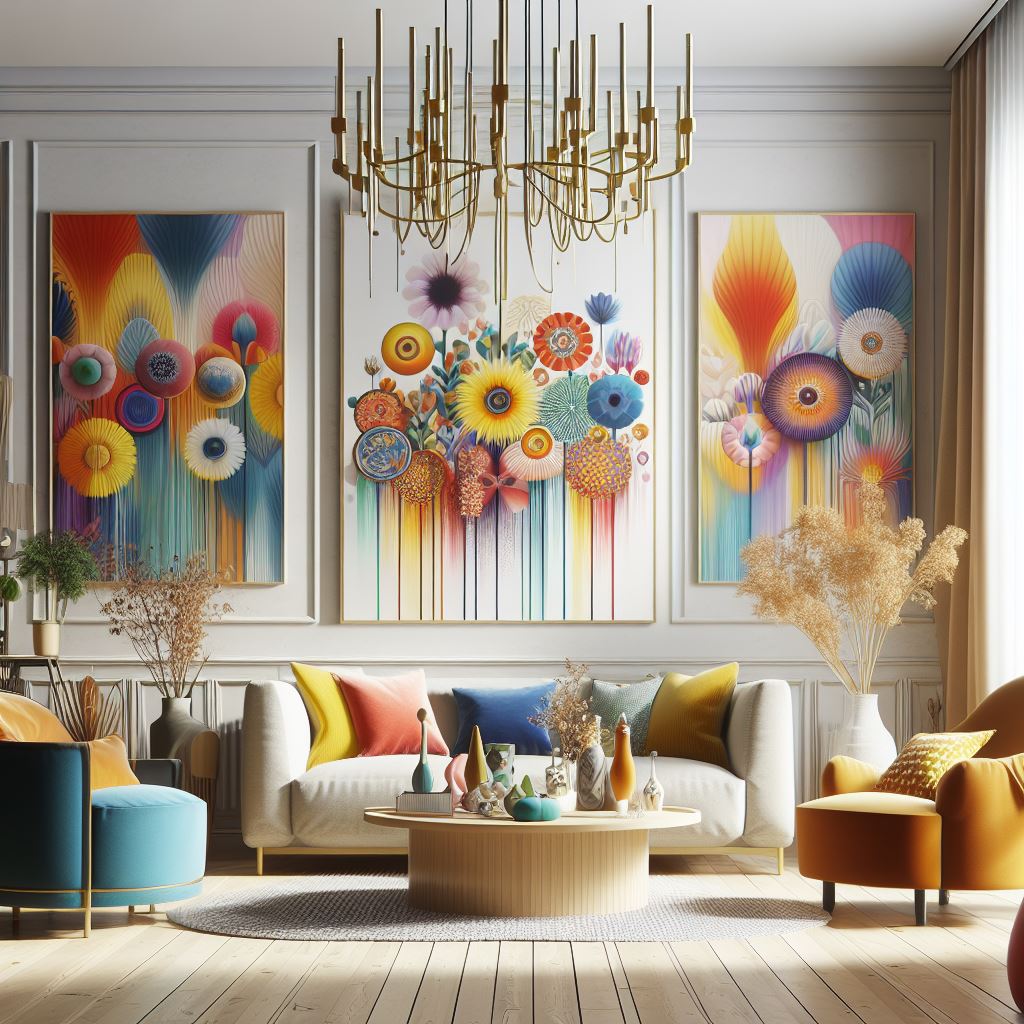
Color and Texture in Minimalist Design
While minimalist design is often associated with neutral color palettes and sleek surfaces, color and texture play an important role in adding depth and visual interest to a space. Incorporating pops of color through artwork, textiles, or accent pieces can create focal points and inject personality into a minimalist interior. Similarly, layering different textures—such as wood, metal, and fabric—adds warmth and coziness to minimalist spaces.
Minimalist Design in Different Environments
Minimalist design principles can be applied to a wide range of environments, from residential homes to commercial offices to public spaces. In residential settings, minimalist design fosters a sense of calm and tranquility, creating havens of relaxation and rejuvenation. In commercial spaces, minimalist design promotes productivity and focus, while in public spaces, it encourages social interaction and engagement.
Sustainable Minimalism
In addition to its aesthetic appeal, minimalism has gained traction as a sustainable design practice. By consuming less and making thoughtful purchasing decisions, minimalist design reduces waste and minimizes environmental impact. From choosing eco-friendly materials to repurposing existing furniture and accessories, sustainable minimalism offers a blueprint for responsible design practices that prioritize both style and sustainability.
Challenges and Considerations
While minimalist design offers many benefits, it also presents unique challenges. From overcoming the temptation to accumulate unnecessary possessions to finding creative storage solutions for everyday essentials, embracing minimalism requires a shift in mindset and lifestyle. However, by approaching these challenges with creativity and determination, designers and homeowners can reap the rewards of a minimalist lifestyle.
The Future of Minimalist Design
As our world becomes increasingly crowded and chaotic, the appeal of minimalism continues to grow. In the years to come, we can expect to see minimalist design principles applied in innovative ways to solve complex spatial challenges. From compact urban dwellings to sustainable communities, minimalist design offers a path to a more efficient, harmonious, and sustainable future.
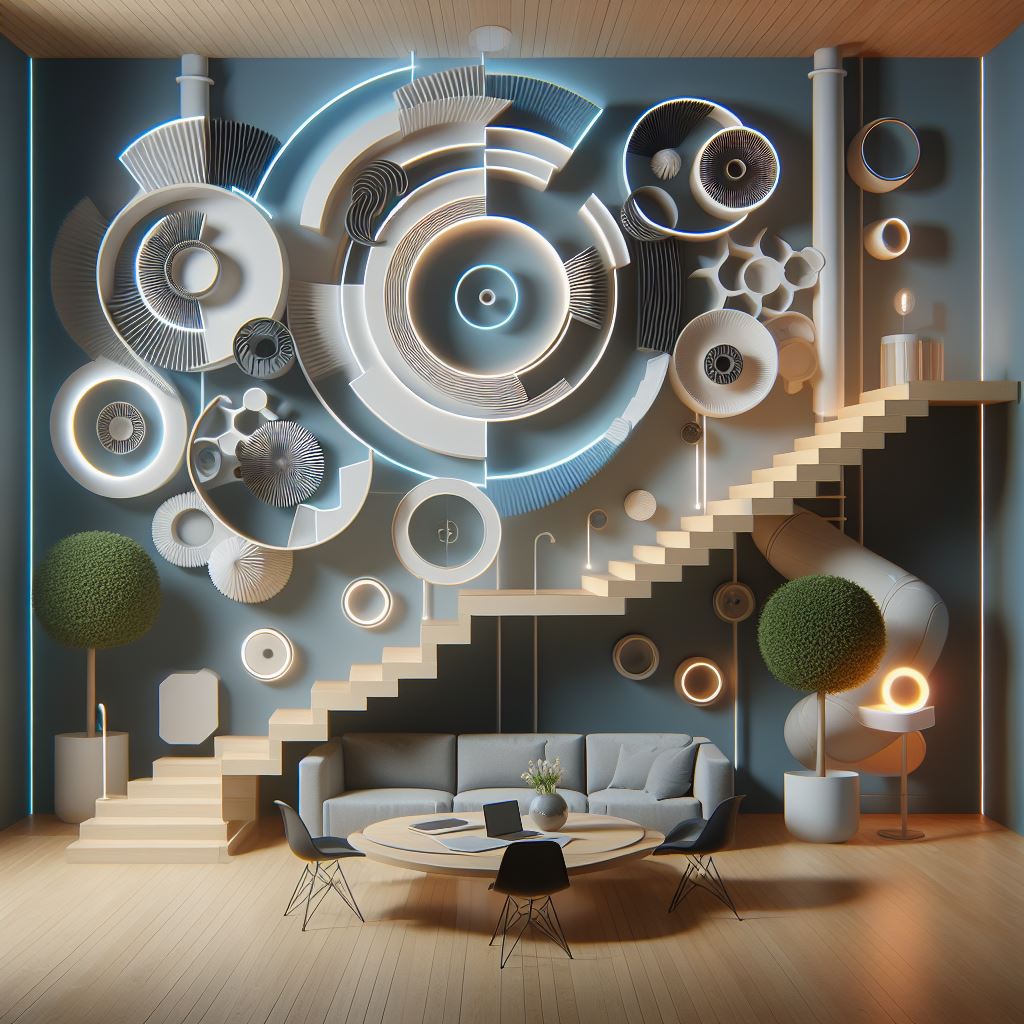
Conclusion
In conclusion, minimalist design offers a powerful framework for achieving spatial efficiency and creating environments that are both beautiful and functional. By embracing simplicity, functionality, and sustainability, designers and homeowners can optimize space, reduce clutter, and create spaces that enhance well-being and productivity. Whether designing a home, office, or public space, the principles of minimalist design offer endless possibilities for creating environments that inspire and uplift.
FAQs (Frequently Asked Questions)
- How can I incorporate minimalism into my existing home decor? Start by decluttering and simplifying your space, focusing on eliminating unnecessary items and creating a sense of openness. Choose furniture and accessories with clean lines and simple silhouettes, and prioritize quality over quantity.
- What are some common misconceptions about minimalist design? One common misconception is that minimalist design is cold and sterile. In reality, minimalist spaces can be warm, inviting, and full of personality, thanks to thoughtful furniture choices, pops of color, and textured accents.
- How can I make a small space feel larger using minimalist design principles? In small spaces, maximizing spatial efficiency is key. Choose furniture with built-in storage, opt for light colors to reflect natural light, and use mirrors to create the illusion of space. Additionally, keeping surfaces clutter-free helps maintain a sense of openness and airiness.
- Is minimalist design suitable for families with children? Yes, minimalist design can be family-friendly. By prioritizing durability and functionality, choosing easy-to-clean materials, and incorporating designated storage areas for toys and other belongings, minimalist design can create a calm and organized environment that is conducive to family life.
- How can I maintain a minimalist lifestyle in the long term? Maintaining a minimalist lifestyle requires ongoing commitment and mindfulness. Regularly reassess your possessions and declutter as needed, being mindful of what adds value to your life and what can be let go. Focus on experiences rather than material possessions, and strive to live with intention and purpose.
